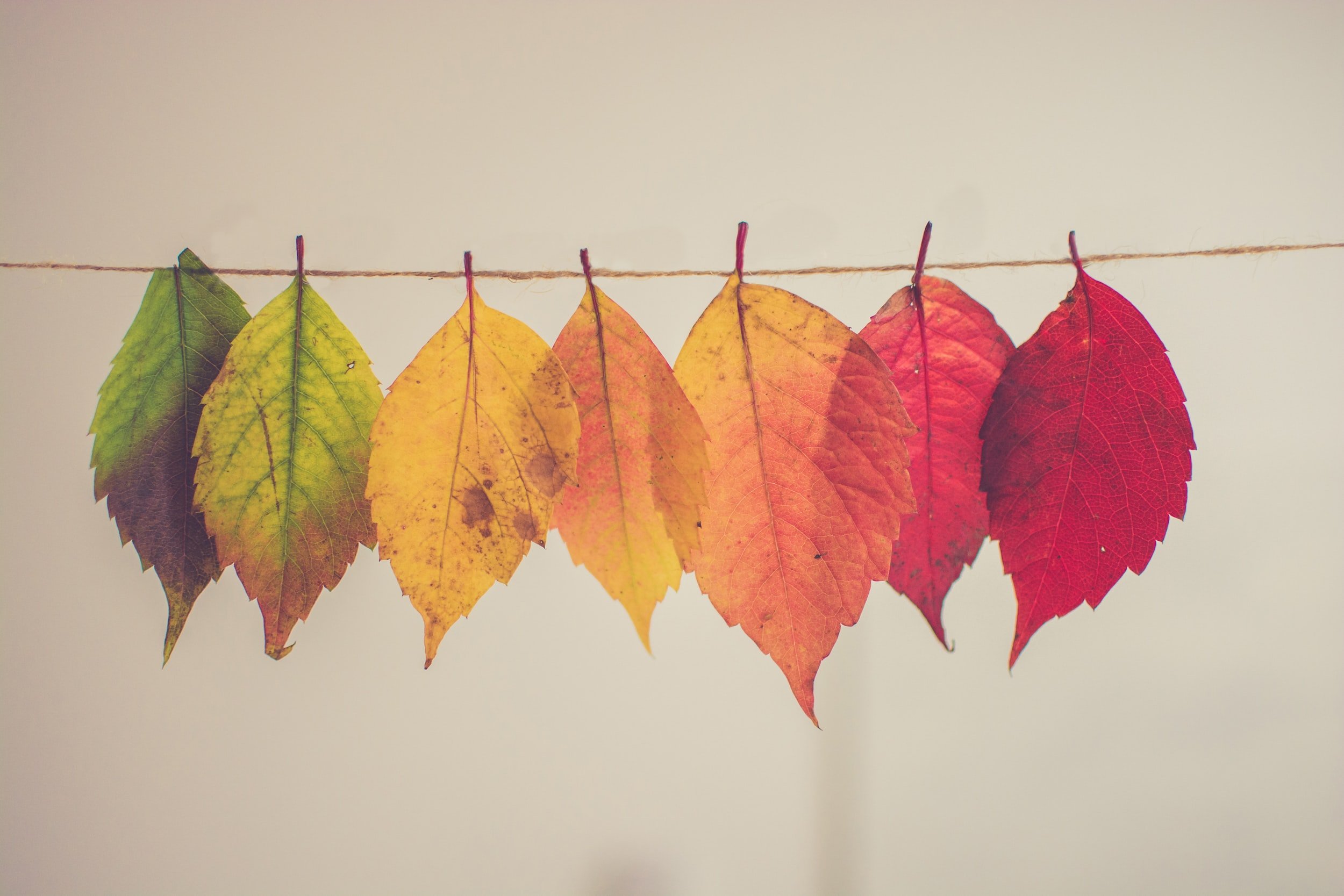Bubblebubs Washing Instructions
-
Soak your new nappies overnight to increase absorbency (only absorbent material needs to be soaked). It will take 6-8 washes for your nappies to reach maximum absorbency. You can use them after one wash simply change more frequently until they reach maximum absorbency.
Wash all parts of your nappy once before use in warm water.
Rash and barrier creams will wash out in hot water with a good quality detergent. Use a nappy liner if needed.
-
Napisan/Vanish type products (boosters) can be used in the wash or as stain treatments prior, follow the instructions on the packaging.
Use a dry pail with holes for aeration. This may seem counterintuitive but anaerobic environments (a closed bucket for example) encourage ammonia production which is what creates a smell and can damage your nappies. It sounds crazy but an open, airy dry pail will have the least smells.
Wee nappies can be placed straight into your dry pail.
Remove solids by just plopping it in the toilet, scraping, or using a nappy sprayer. What works best will depend on your child’s age and diet. Rinse under hot water. You can pretreat stains if desired. Then dry pail.
Night nappies (or nappies that have been in use for longer than 5 hours) contain a greater quantity and concentration of urine. A separate, thorough hand-rinse in hot water with detergent, in the morning, is recommended. Then dry pail as normal.
PREWASH: Use a short cycle with half the recommended dose of detergent for a heavily soiled load. A pre-wash cycle removes the bulk of the soiling so that the main wash is done in clean water.
A daily prewash can be helpful in certain situations to ensure fabrics remain in good condition. To do a daily prewash simply prewash that day’s nappies, then return them to the dry pail. The next day, do the same with that day’s nappies followed by the main wash with all the prewashed nappies.
MAIN WASH: Use the longest cycle on your machine with the full dose of detergent for a heavily soiled load, up to 60°C.
Line drying is economical and environmentally friendly.
For nappies that contain elastics (especially all-in-ones or fitted nappies) be conscious of how they are hung, so the elastics are not being stretched while drying. Hang them lengthways across the line can prevent additional wear and tear.
Hang covers/shells in the shade, or indoors.
If line drying isn’t possible, use the dryer on the lowest setting for shells, waiting until they are cold before stretching elastics.
Extensive dryer use will make the nappies a little thinner over time in the same way it does your clothing so use your best judgement, if there have been days of rain and you just can't get your nappies dry then a trip through the dryer won't hurt. If possible just put the inserts in the dryer rather than covers and shells to help extend their life.
-
The use of chlorine bleach may VOID your warranty if used incorrectly. Please contact the Bubblebubs for more information.
Don’t use fabric softener or vinegar on your nappies. Fabric softener coats the fibres of the fabric, causing them to repel. Vinegar may cause breakdown of the components of your nappy.
Do not spin over 800rpm as that can cause undue stress on the elastics. This is most likely only an issue with top loaders that contain agitators but elastics can be a bit of a mystery so to play it safe we recommend a maximum 800rpm spin speed.
-
We recommend a two-step wash system using good-quality mainstream detergent.
Washing nappies every other day helps to prevent smells, ammonia and mould from developing and deteriorating fabrics.
We recommend a maximum 800rpm spin speed.



